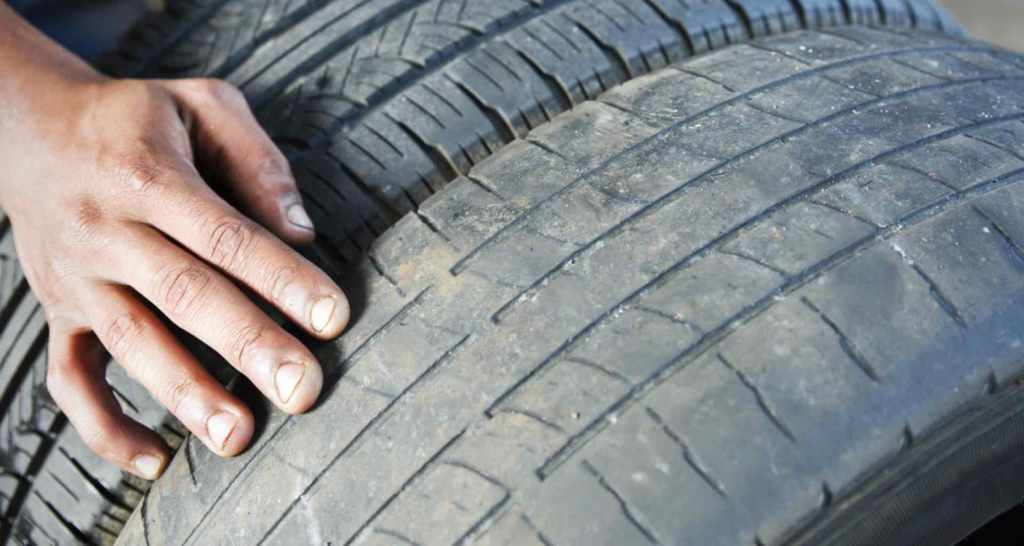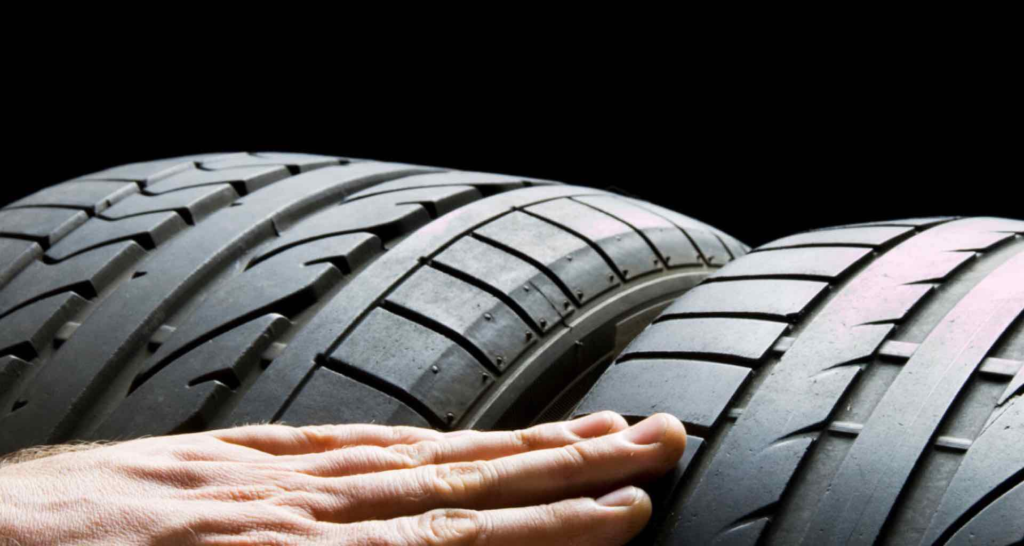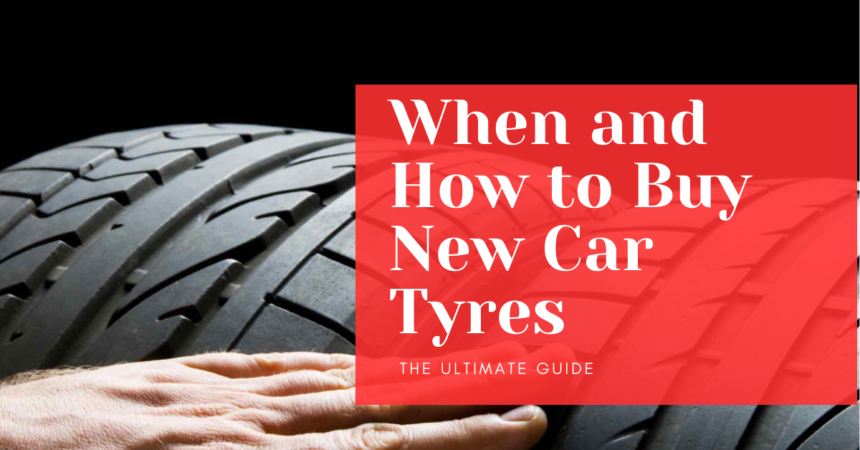Your car’s tyres are the only point of contact between your vehicle and the road, making them crucial for safety and performance. Knowing when and how to buy new car tyres is an essential skill for every driver. In this comprehensive guide, we’ll explore the signs that indicate it’s time for a tyre change, factors to consider when purchasing new tyres, and tips to make the most of your investment.
Signs It’s Time to Replace Your Car Tyres:

a) Tread Wear:
One of the most obvious indicators that your tyres need replacement is worn tread. When the tread depth reaches 3mm or less, it’s time to start shopping for new tyres. Worn tyres can significantly impact your vehicle’s performance and safety, especially in wet conditions.
b) Age:
Even if your tyres appear to be in good condition, age is a crucial factor. Tyre manufacturers generally recommend replacing tyres after six years, regardless of mileage. This is because rubber degrades over time, affecting the tyre’s structural integrity and performance.
c) Visible Damage:
Inspect your tyres regularly for signs of damage such as cracks, bulges, or punctures. Any visible damage to the sidewall or tread area is a clear indication that you need new tyres.
d) Unusual Vibrations or Handling Issues:
If you notice vibrations while driving or your car doesn’t handle as well as it used to, it could be a sign of tyre wear or damage. Poor handling, such as the car pulling to one side, may also indicate it’s time for new tyres.
e) Reduced Fuel Efficiency:
A sudden decrease in fuel efficiency could be due to worn or underinflated tyres. While proper inflation might solve the issue, it’s worth having your tyres inspected to rule out any serious problems.
Also Read: Maruti Suzuki Rolls Out Attractive Discounts on Jimny and Fronx Models
Factors to Consider When Buying New Tyres:

a) Vehicle Specifications:
Always refer to your vehicle manufacturer’s recommendations for tyre size and type. This information can usually be found in your owner’s manual or on the driver’s side door jamb.
b) Driving Conditions:
Consider the typical road conditions and weather in your area. If you frequently drive on wet roads or in extreme temperatures, look for tyres designed to perform well in these conditions.
c) Driving Style:
Your driving habits play a significant role in tyre selection. If you’re a careful driver who mostly sticks to city roads, you might prioritize comfort and longevity. For enthusiasts who enjoy spirited driving, performance tyres might be a better fit.
d) Budget:
While it’s tempting to opt for the cheapest option, remember that tyres are a crucial safety component. Invest in quality tyres from reputable brands to ensure optimal performance and longevity.
e) Tyre Type:
There are various types of tyres available, including all-season, summer, winter, and performance tyres. Choose the type that best suits your needs and driving conditions.
Also Read: Top 10 Reasons Why You Should Rotate Your Car Tyres Regularly
How to Buy New Car Tyres:
a) Research:
When you want to buy new car tyres, start by researching different tyre brands and models that fit your vehicle and driving needs. Look for reviews from other drivers and automotive experts to get an idea of performance and reliability.
b) Compare Prices:
Once you’ve narrowed down your options, compare prices from different retailers. Remember to factor in additional costs such as fitting and balancing.
c) Check for Promotions:
Many tyre manufacturers and retailers offer promotions or discounts, especially during seasonal changes. Keep an eye out for these deals to save money on your purchase.
d) Consider a Full Set:
While it’s possible to replace just one or two tyres, it’s often recommended to replace all four at once for optimal performance and handling.
e) Professional Installation:
Always have your new tyres installed by a professional. They can ensure proper fitting, balancing, and alignment, which are crucial for tyre performance and longevity.
Also Read: Top 10 Weekly Car Maintenance Tips for Smooth Driving
Tips for Extending Tyre Life:

a) Regular Maintenance:
Check your tyre pressure monthly and before long trips. Proper inflation can significantly extend tyre life and improve fuel efficiency.
b) Rotation:
Have your tyres rotated regularly (usually every 5,000 to 8,000 kilometers) to ensure even wear.
c) Alignment:
Keep your wheels properly aligned to prevent uneven tyre wear and improve handling.
d) Careful Driving:
Avoid aggressive driving, sudden stops, and fast cornering, which can accelerate tyre wear.
Conclusion: When and How to Buy New Car Tyres
Buying new car tyres is an important investment in your vehicle’s safety and performance. By understanding when to replace your tyres and what factors to consider when buying new ones, you can make an informed decision that ensures optimal driving experience and safety on the road. Remember to prioritize quality over cost, and always follow manufacturer recommendations for the best results.








